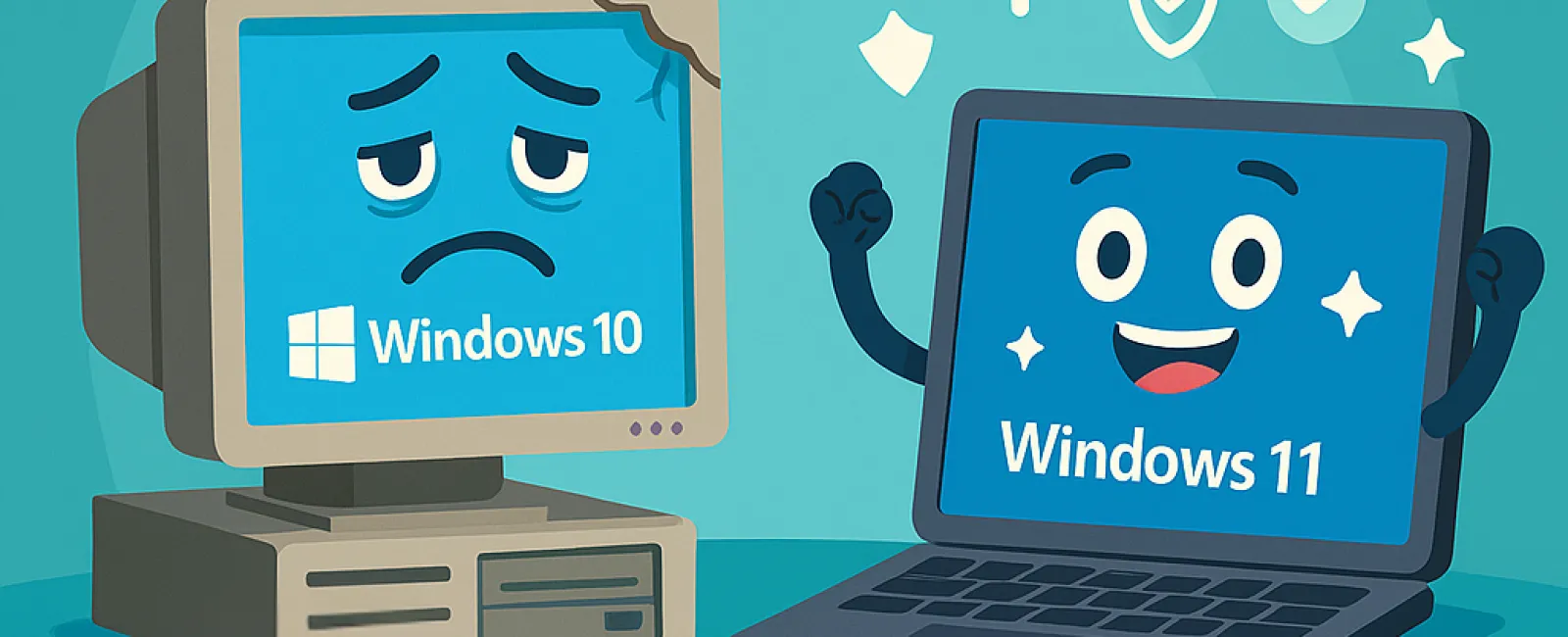September 22, 2025
While it might seem cost-effective to cling to outdated technology, the reality is that holding onto old hardware and software often drains your resources more than upgrading would. Using obsolete tech can significantly undermine your business's productivity, inflate expenses, and expose you to security vulnerabilities.
Understanding the True Expense
Outdated technology impacts your business in several critical ways. Older systems tend to operate slower, dragging down your team's efficiency and overall output. They are also prone to unexpected failures, leading to costly downtime that disrupts your operations and deadlines.
Security risks are another major concern. Legacy software and hardware no longer receive patches to fix known vulnerabilities, leaving your business exposed to cyberattacks. Hackers exploit these weaknesses to gain unauthorized access to your data. Staying current with the latest technology is essential not only for protection but also to ensure compliance with industry regulations.
Signs It's Time to Upgrade Your Technology
Watch for these key indicators that your tech needs replacement:
1. Your systems run on Windows 10 or earlier versions.
With Microsoft ending support for Windows 10 in October 2025, continuing to use it means missing out on vital security updates, increasing your risk of cyber threats and compliance failures. Begin planning your migration to Windows 11 now to safeguard your business.
2. Repeated IT support calls for the same issues.
Persistent crashes, slowdowns, and system errors signal that your technology is deteriorating. These disruptions frustrate your team and significantly reduce productivity.
3. Incompatibility between your software and new tools.
Legacy software that doesn't integrate with modern mobile apps or cloud services limits your ability to innovate, serve customers effectively, and grow your business.
4. Devices are hindering your team's performance.
Slow startups, freezing, or crashes during critical tasks like video calls waste valuable time and money. Devices older than three to five years should be evaluated for their impact on both productivity and energy efficiency.
5. Outdated security systems.
Neglecting updates to firewalls or antivirus software leaves your business vulnerable to evolving cyber threats, often making outdated systems the primary entry point for ransomware attacks.
Worried about the cost of upgrading? While it may seem expensive upfront, the hidden costs of maintaining slow, insecure systems—lost productivity, security breaches, and constant patchwork fixes—can be far greater. Fortunately, there are cost-effective, strategic upgrade options designed to keep your business running smoothly without overspending.
We're Here to Support Your Transition
If you need expert guidance to smoothly transition to new technology and stay ahead of obsolescence, reach out to our team. Schedule a FREE 15-Minute Discovery Call with us to discuss tailored steps that will enhance your business's security, efficiency, and cost management. Call us at 252-240-3399 or click here to book your consultation.



